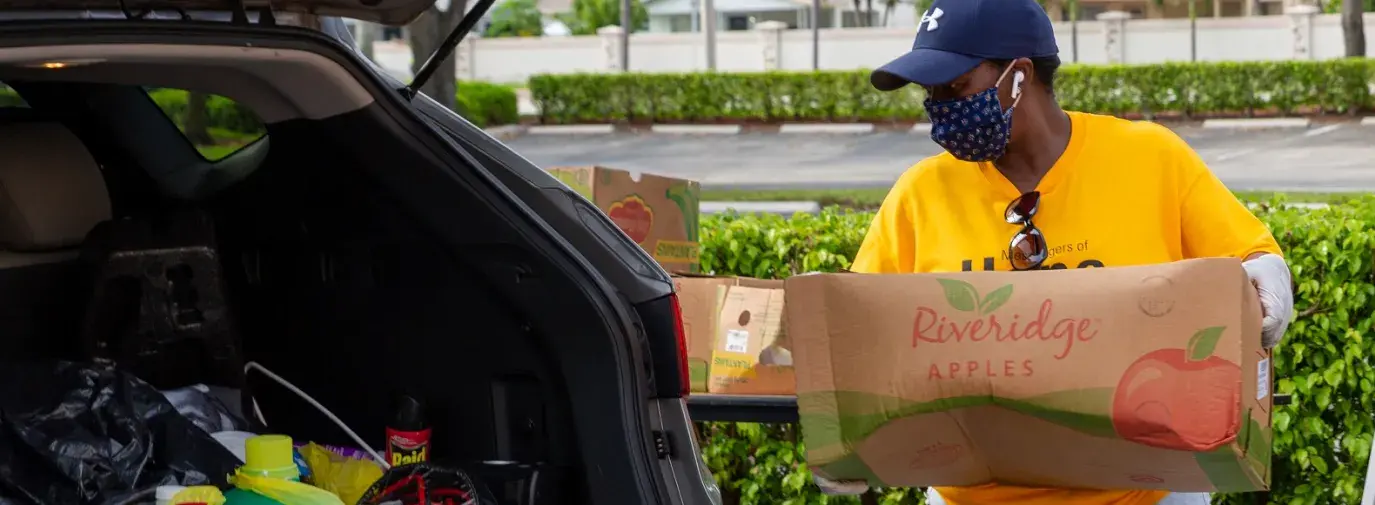
Fighting for food justice is an ongoing American battle as we take action to end hunger and food insecurity. The Food Research & Action Center reports that 10% of households in the United States experience food insecurity. While it can be difficult to address such a large-scale issue, confronting hunger in your own community can lead to a long-standing ripple effect.
Take these steps to help relieve hunger in your community.
Reach Out to Restaurants
At the end of the day, many businesses will throw out leftover food; food that could be going to hungry people in your community. Asking local restaurants if they would give any leftover food that can be donated to a food bank can help combat this. Not every restaurant will agree, and some are already donating. But by asking around, you could lead one more business to help those in need.
Support Black-Led Food Justice Initiatives
With 19.1% of Black households experiencing food insecurity, according to USDA data, Black Americans remain the most food insecure group in America (though Native American communities were not included in the data group). This disparity makes it critical to support Black-owned food justice initiatives. Fuel The People, The Okra Project, and Brooklyn Rescue Mission all work to provide both food and support to marginalized communities. The Heal Food Alliance has an even longer list of groups to support, across the country. You can show your support by donating or asking restaurants to consider partnering with these initiatives.
If you don’t have the proper means to financially support, local food banks are often under-resourced and in need of volunteers. Find food banks in your community by searching your location on feedingamerica.org/find-your-local-foodbank.
Set up a Community Fridge
Since the pandemic started, community fridges grew increasingly popular as many Americans lost their jobs and thus, their means to buy food. Community fridges act as a free fridge that is accessible to anyone in need, while also cutting food waste and creating a more bonded community. Freedge is an online resource to find community fridges in your state and finding inspiration when creating your own. To set up a fridge in your community:
- Research: Read about why community fridges are effective and crucial. Look into the difference between mutual aid and charity, and how to implement solidarity over charity through your fridge. Read our article on the power of mutual aid at greenamerica.org/mutually-inclusive.
- Reach Out: Connect with people in your community and other community organizers to create a base of volunteers.
- Resolve Logistics: Before buying the fridge, it’s important to discuss a thorough plan with other organizers. Deciding where the fridge can be plugged in, how it will be restocked and cleaned, and how to engage the rest of the community can be done through a text thread or social media group.
Once these questions are answered, you can plug in the fridge, stock with fresh food, and begin a new chapter in your community.
The fight for food justice is one we can all participate in. Support your hungry neighbors near and far by supporting food banks, advocating for better legislature, and educating yourself and others.







